Texas is enormous. It’s the most significant state in the contiguous U.S. regarding landmass. Within its borders, you can find several different climates, a vast array of terrains, and five individual hardiness zones. Each of these factors significantly impacts what trees and shrubs can survive there.
The state was built on various landscapes, including grasslands, forests, deserts, prairies, and coastlines. So, it’s no surprise that Texas is home to various tree species. There are an estimated 281 native Texas trees and 47 different types of plants.
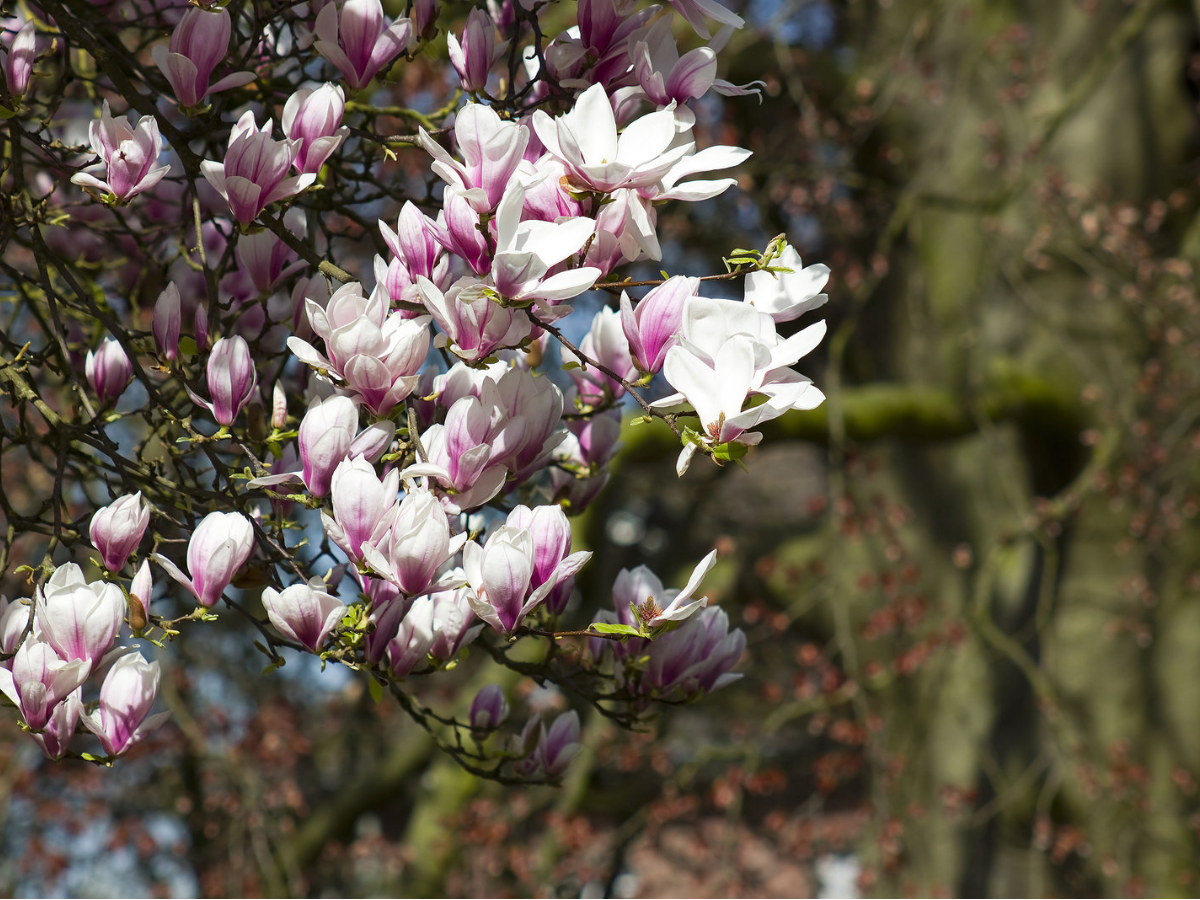
Most Common Texas Trees
You’ll come across hundreds of trees on a road trip around Texas. Passing east to west, you’ll move through swampy landscapes into the desert. In central Texas, the soil is more dense, supporting a particular native species. Venture to the north, and there’s a cluster of different ecosystems.
While we can’t cover all 281, in this article, we look at the most common trees in Texas. So, the next time you’re road-tripping through the Lone Star State, you can refer to this piece as an index. You’ll find that different cities have distinct Texas trees and plants.
The unique characteristics of each tree are often trademarks of a city’s aesthetic. They provide the color, shapes, and ambiance that places are known for. Furthermore, many trees in Texas have been around for hundreds of years, making them historically significant.
With that, let’s take a look at some of the most common Texas trees and how you can recognize them.
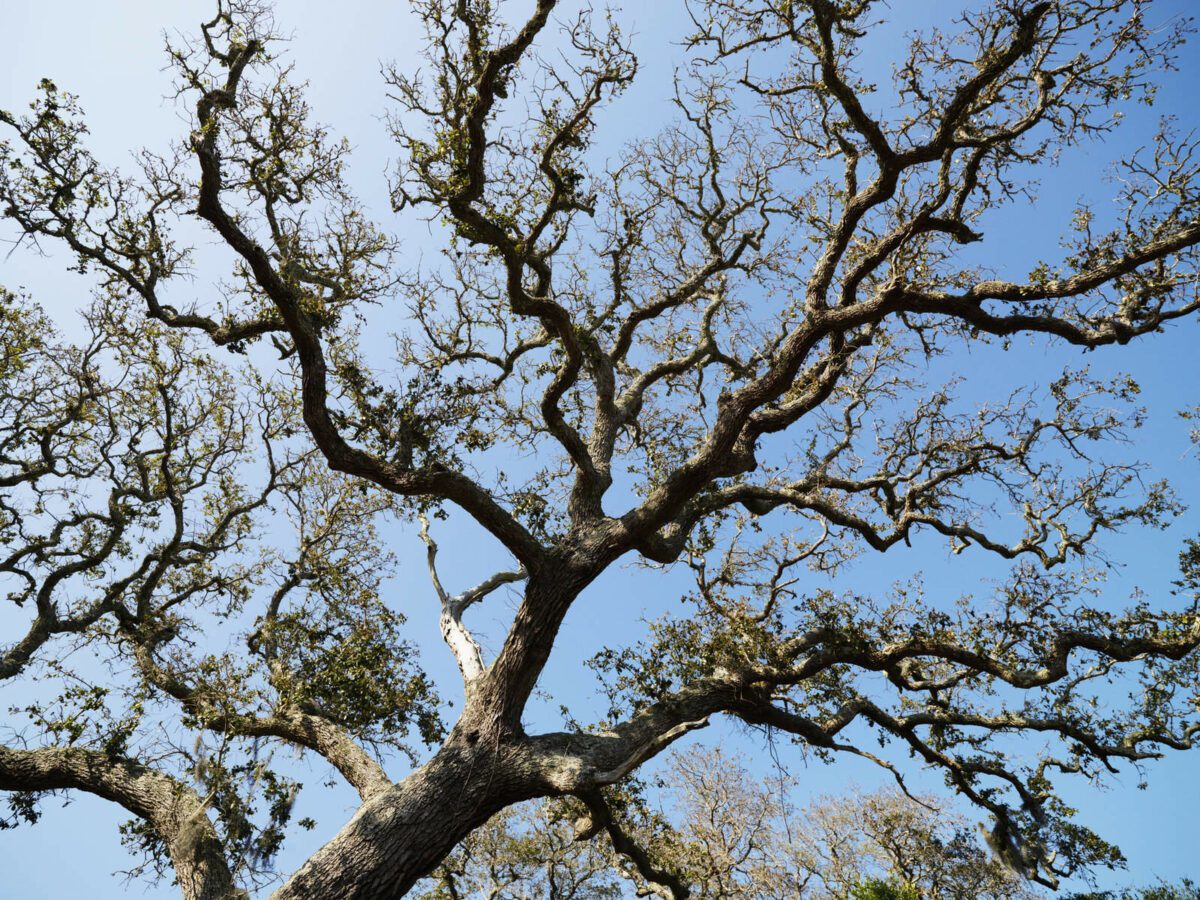
Live Oak
The Texas live oak is native to central Texas, growing mainly in the north and west in the Balcones Escarpment. It’s a large tree with a broad canopy, and its long branches resemble lightning bolts. These trees have a long lifespan and don’t even reach maturity until they’re around 75 years old.
Their thick leaves and sprawling branches provide plenty of shade, and it’s no wonder Texans enjoy keeping cool under them. The main problem with live oaks is that they’re vulnerable to issues like oak wilt disease. So, in central Texas, pruning and live oak removal are illegal during the spring months.
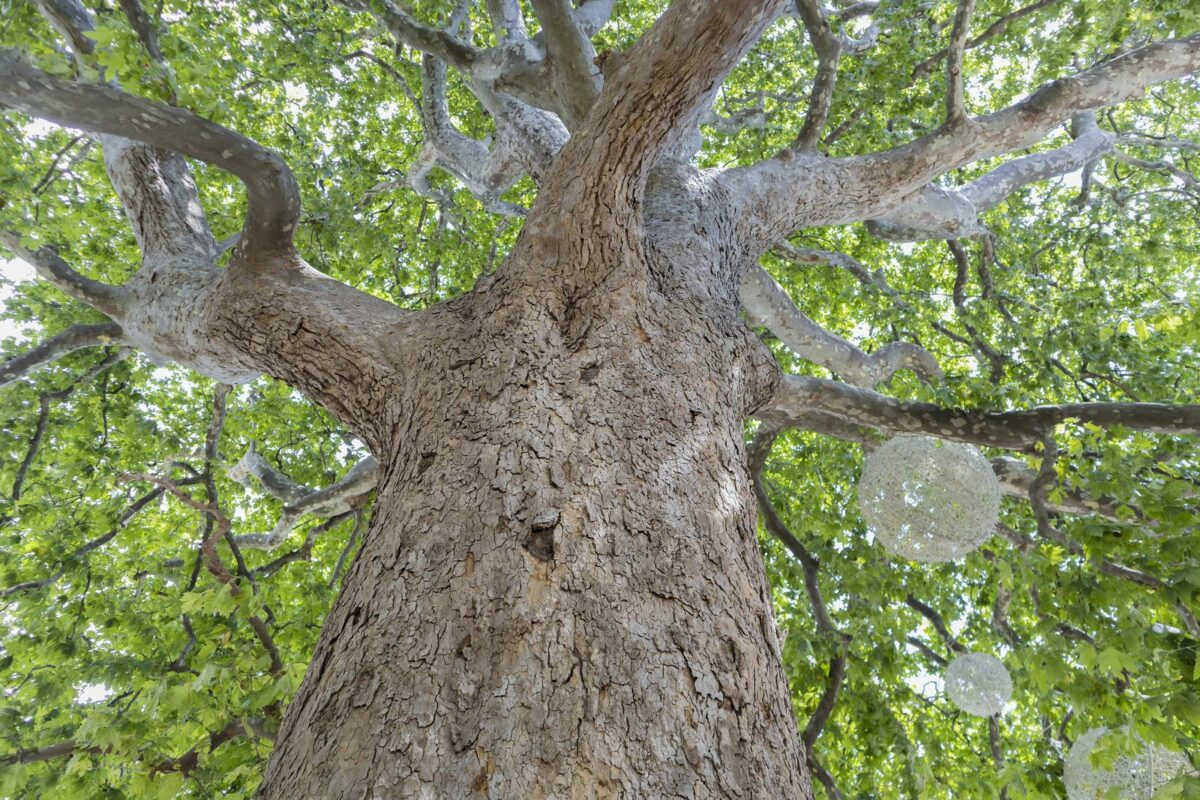
Sycamore
The Texas sycamore is one of the most common and tallest trees in the state. It’s the largest deciduous tree in the entire continent of North America. The mature sycamores can grow up to 100 feet tall. You often see them in backyards because they provide so much shade.
Sycamores bear fruit in the form of a one-inch sphere that attaches to a three to five-inch flexible stalk. The balls aren’t actually single pieces of fruit. They’re covered in long, fuzzy hairs and are broken into smaller pieces that contain tons of seeds. Unknownst to many, these pieces of fruit are figs.
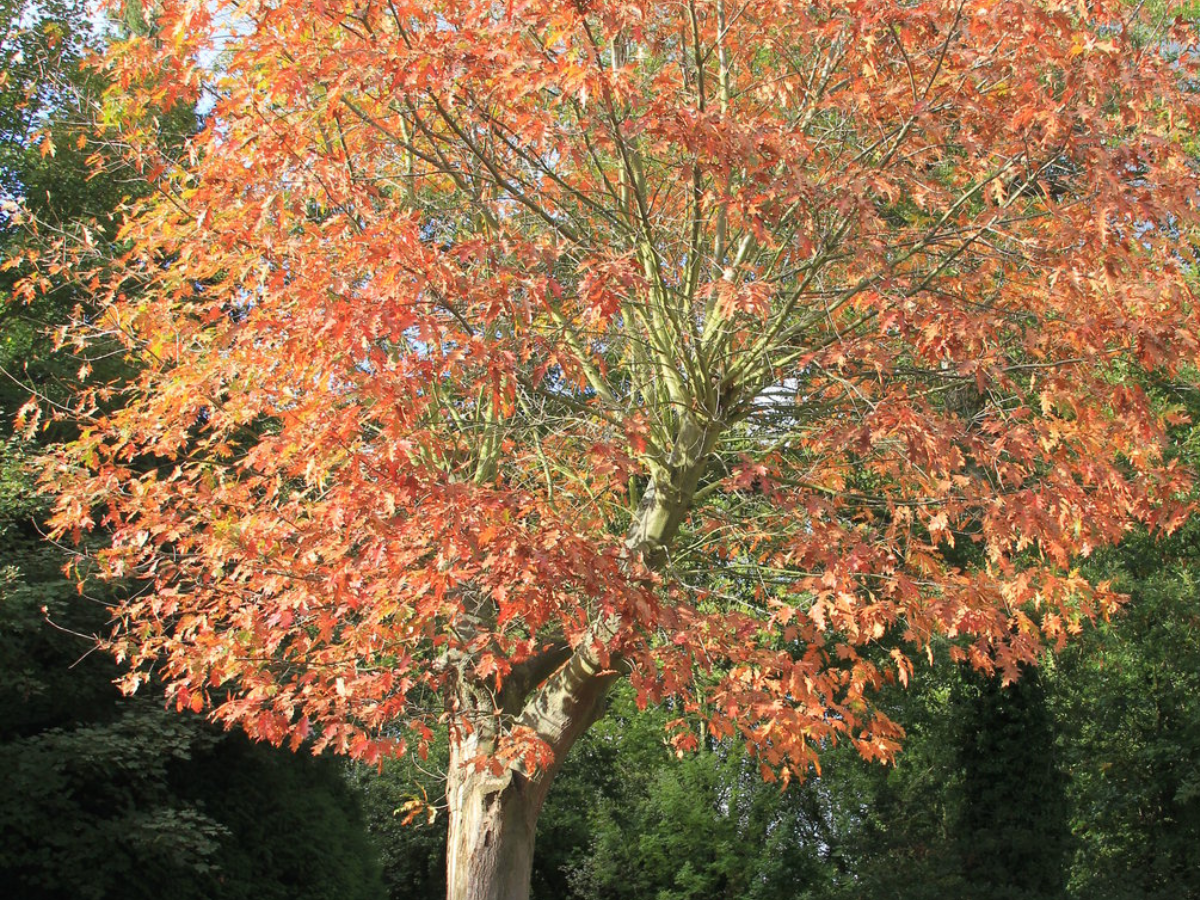
Red Oak
The Texas red oak is most common in eastern Texas among the swamplands. It’s sometimes referred to as the swamp red oak. Appearance-wise, it looks quite similar to most oak species with a sturdy trunk that grows straight up and is topped by a healthy crown of leaves.
During fall, the verdant leaves transition and give the crown an endearing reddish-orange color, hence the name red oak. These trees look fantastic in a backyard and give you a real indication of the season. However, their acorns can cause a mess if you’re not diligent with your gardening routine.
Oak trees are known for their durability and so, they’re used a lot in the timber industry for crafting furniture and lumber. So, you can find nice handmade oak furniture from local carpenters in areas where red oak is plentiful.
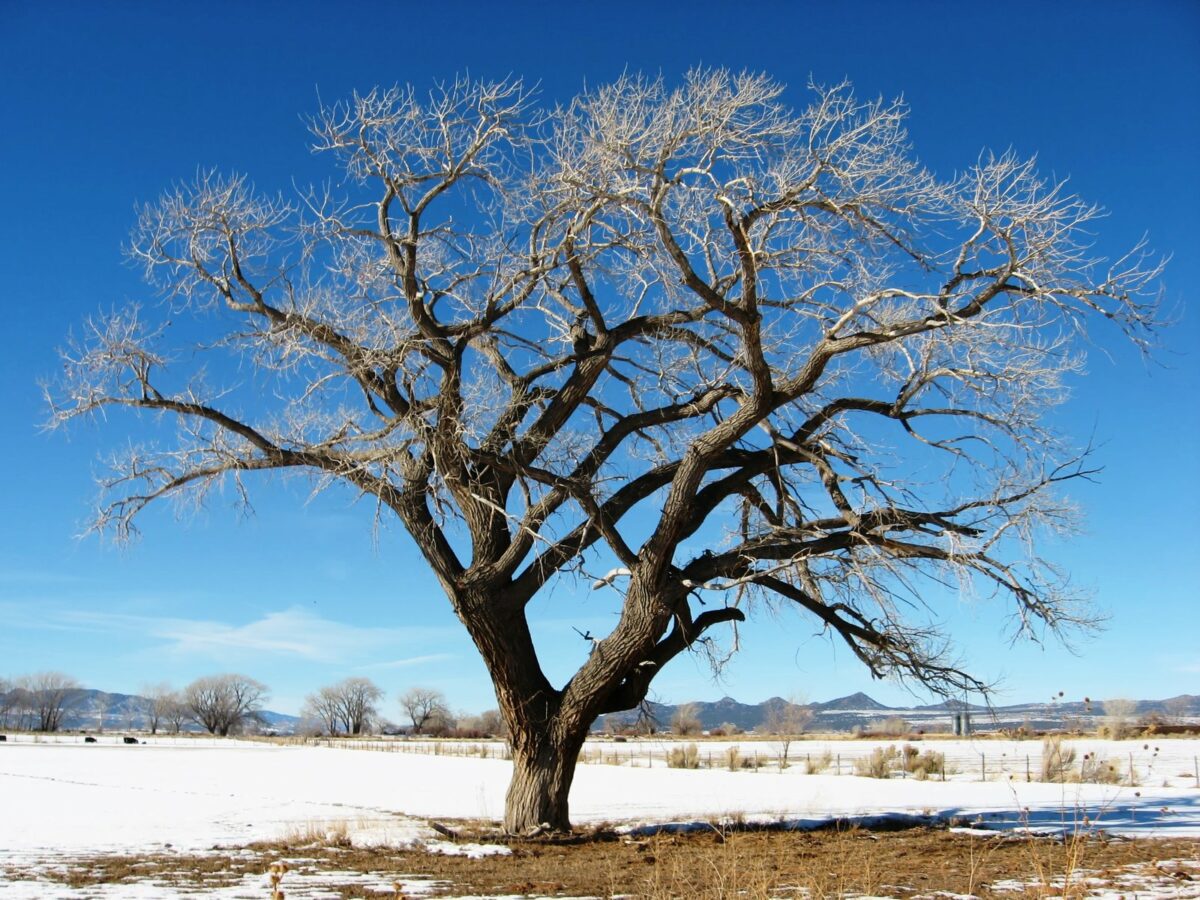
Cottonwood
The cottonwood tree is found throughout the U.S. but they’re particularly popular in Texas. These trees grow incredibly fast and their large crown provide a good deal of shade. So, they’re a perfect addition to a backyard or outdoor seating area.
Cottonwoods are also very easy to maintain and require very little trimming, making them all the more popular in homes. They grow to be very large, reaching heights of 100 feet. The largest cottonwoods can have six feet trunks (diameter) so they’re very solid in all weather.
Cottonwoods thrive near water so they’re most common near rivers, streams, and sandbars. They’re found mainly in east and central Texas.
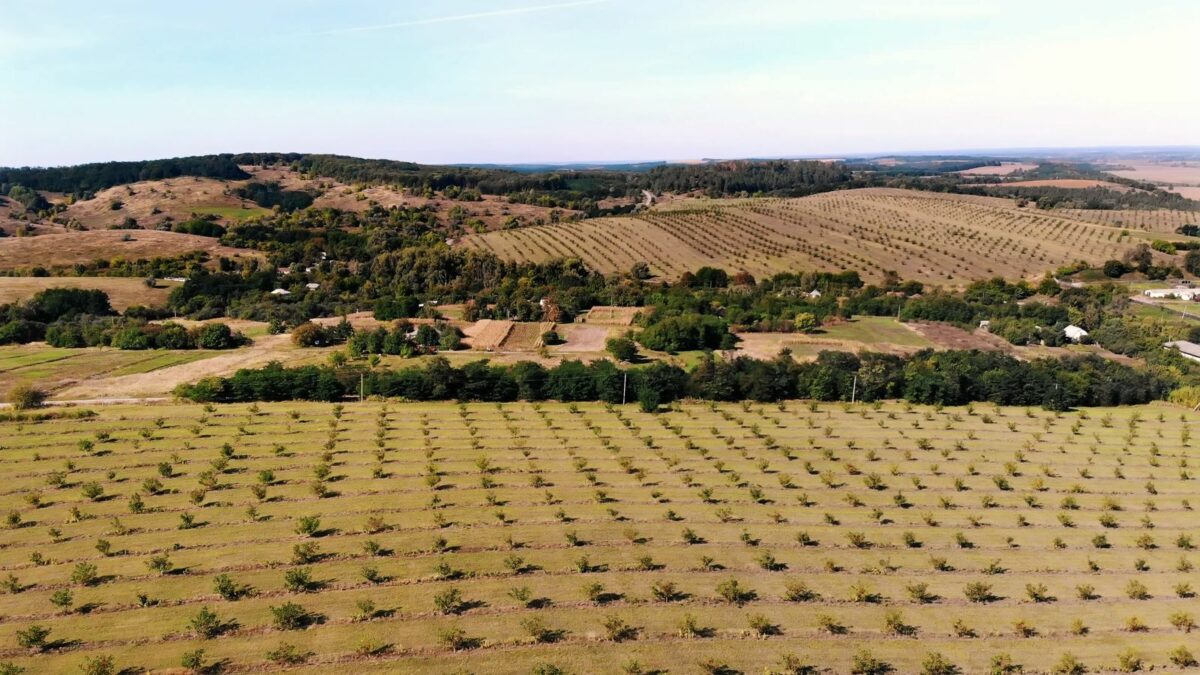
Pecan Tree
The pecan tree is the official state tree of Texas. Like many of the trees on our list so far, they are quite large and can grow to well over 130 feet. They have thorny branches and, when they bloom, produce small feathery flowers. So, pecan trees offer a lot of shade, especially when they get big.
But, the best part of these trees is that they produce succulent, sweet pecan nuts, which can be used to produce a range of tasty delicacies, like pecan pie. Pecan wood is also popular for barbecue pits as it gives the meat a distinct smoky yet sweet flavor.
Having a pecan tree in your yard is a mark of Texas pride. And so, they can be found all over the state. However, since they thrive in moist soils, they’re most common in central Texas. There are also a lot of pecan tree orchards for harvesting nuts.
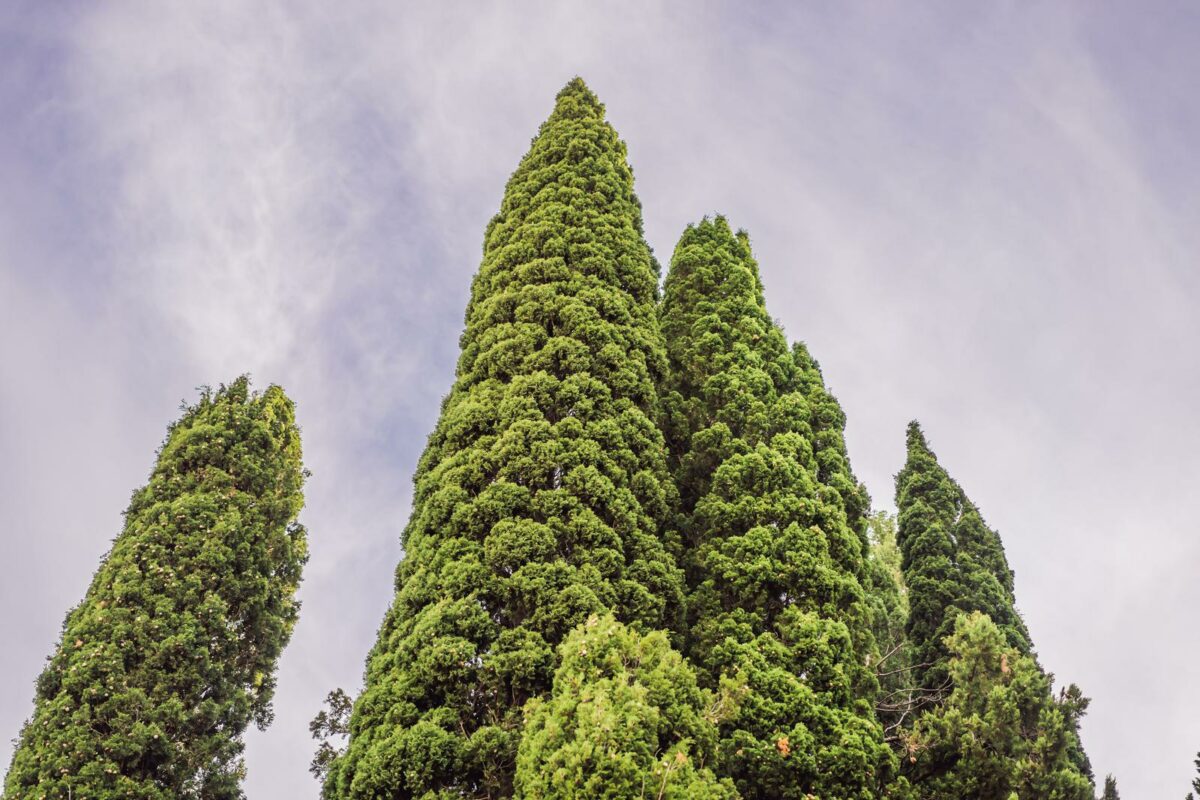
Italian Cypress/Mediterranean Cypress
Although the Italian or Mediterranean Cypress originated in Europe, they were brought to the U.S. and cultivated in several locations, including Texas. They thrive in areas where summers are hot and dry, and winters are wet, making them ideal for certain areas of Texas.
The Italian Cypress has a unique aesthetic. Medium-sized, they grow to about 40 feet tall and have a slender frame. Although, they need to be trimmed to maintain a neat appearance. When healthy, these trees have rich green leaves and look fantastic anywhere, from a home to an office building or park.
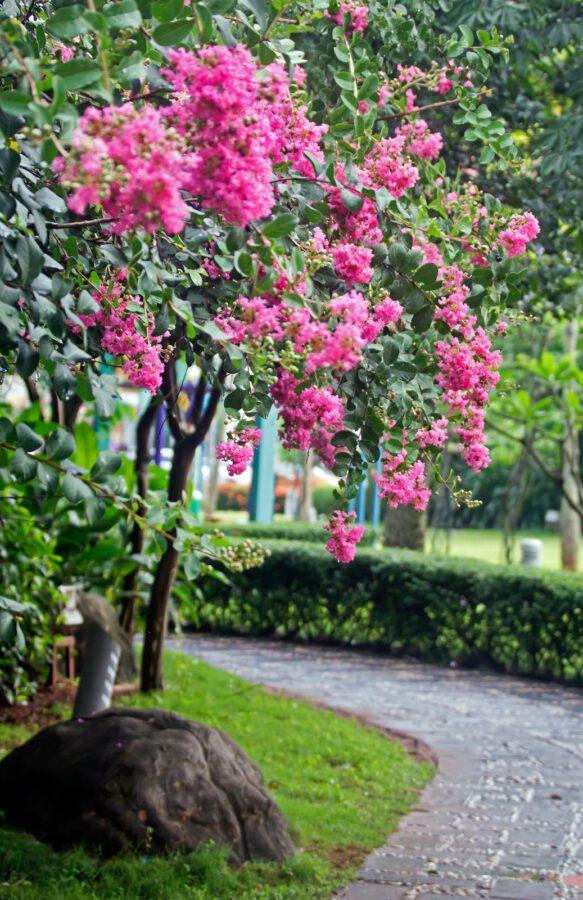
Crape Myrtle
The crape myrtle is a beautiful and colorful summer flower tree species often called the “lilac of the south”. Its stunning flowers illuminate gardens in the summer months and appear in several colors, like lavender, white, red, or even pink.
Crape myrtles are relatively small and only grow to 20 feet. However, they’re quite resilient, with solid trunks and strong branches. These South Texas trees are typically low maintenance but tend to do better when the landscape is cultivated before they’re planted.
Desert Willow
For such a bright and colorful tree, it may come as a surprise that the desert willow flourishes in dry heat, which Texas has in abundance. Seen as landscape trees, desert willows are mainly found in homes or gardens in West Texas. They produce trumpet-shaped flowers in pink, white, and lavender.
These willows grow quickly, so they’re popular for new homes or renovated garden spaces. The “Bubba Jones” is one of the most popular varieties of desert willow and they grow naturally along the Texas-Mexico border. This tree species has a shrub shape and offers plenty of space underneath to sit or set out a table.
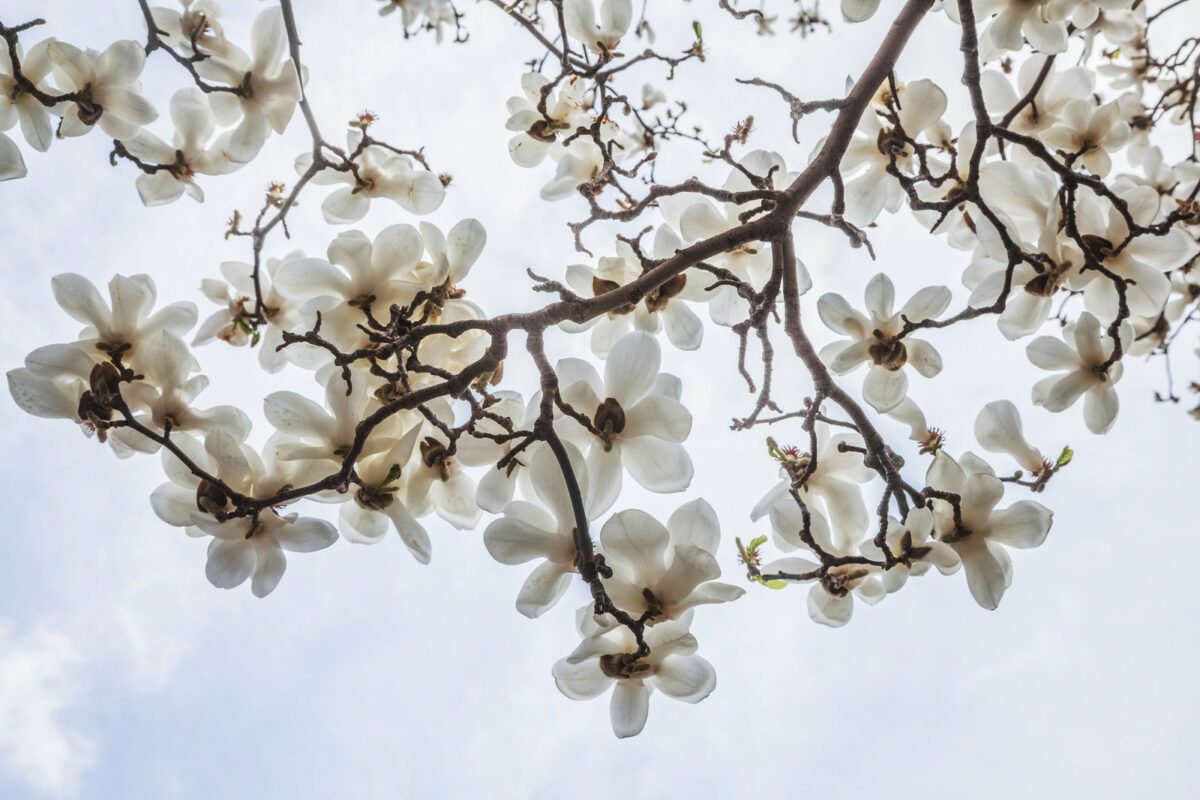
Magnolia Tree
The magnolia tree is synonymous with southern culture, particularly Texas. They’re sturdy, mid-size trees with luscious pink or white blooms that are surrounded by waxy green leaves. They produce a beautiful sweet scent that simply makes you feel at home.
Magnolias are predominantly North Texas trees. One of their best characteristics is that they attract butterflies and hummingbirds. Your garden will be full of life with one of these. Magnolias also have long blooming seasons and hold onto their flowers longer than most species.
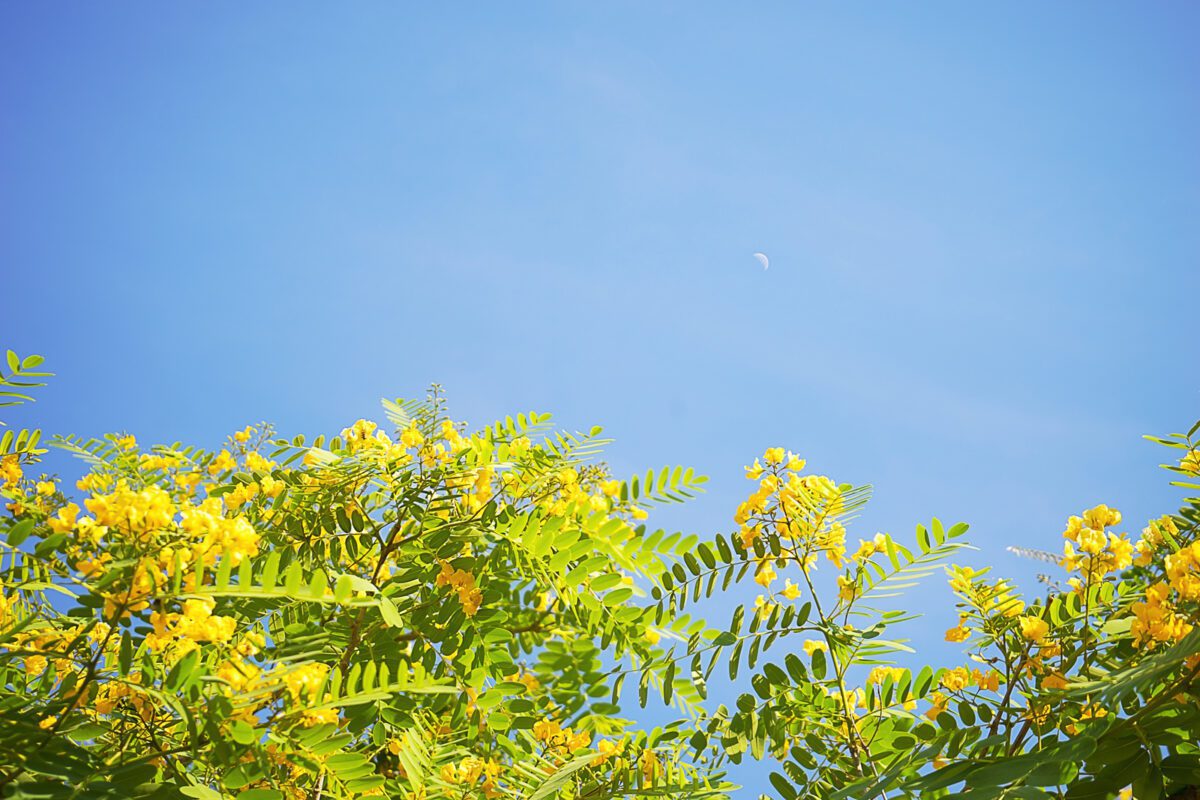
Tipu Tree
The tipu is one of the most popular trees in Texas and the entire U.S. It’s known for having a wide exotic looking canopy that provides perfect shade when the sun is high in the sky. Its crown is littered with shiny golden foliage during spring, providing a lovely dash of color.
Tipu trees thrive in warm climates and are also quite popular in South America. They’re common street trees all around Texas but they’re also popular in Houston as home garden or lawn trees.
Other Popular Texas Trees
As we’ve mentioned, there are almost 300 species of trees in Texas, some native and others cultivated from other countries and continents. Here are some other common Texas trees that you may come across while traveling across the state:
- Cedar Elm
- Camphor Tree
- Red Maple
- Bonita Ash
- Maidenhair Tree
- Carrotwood Tree
- Sissoo Tree
Best Trees To Plant In Texas
Any of the trees mentioned above are fantastic options for planting in your yard or land. However, it’s important to note that some grow to be very large so be cognisant of this and account for the space that your tree could occupy after a few years.
If you’re looking for great-looking trees that are easy to find and maintain, here are some recommendations:
- Green Ash
- Bald Cyprus
- Live Oak
- Bur Oak
- American Elm
- Cherry Laurel
- Mexican Ash
- Canary Island Pine
- Red Haven Peach Tree
- Santa Rosa Plum Tree
- Anacacho Orchid Tree
If you’re inexperienced with trees and don’t know where to start, we recommend contacting an arborist to assess your grounds and assess what trees are best suited.
Texas Tree Identification App
If you’re looking for the perfect tree for your garden but haven’t found it yet, or you’ve gained a sudden interest in nature, you should get a tree identification app. These apps are designed to help you identify all species of tree regardless of where you are.
Texas A&M Forest Service recommends downloading “My Tree ID”. It’s an app that allows you to input information about trees you see, such as location, colors, flowers, leaves, bark, or seeds. Then, it crunches the data and directs you to a glossary of trees with detailed breakdowns of each.
References
- Sycamore tree information: texastreeid.tamu.edu
- Texas Cottonwood info: texastreeid.tamu.edu
- Crape myrtle info: bexar-tx.tamu.edu
- Texas tree app: texasforestinfo.tamu.edu
Christian Linden is a seasoned writer and contributor at Texas View, specializing in topics that resonate with the Texan community. With over a decade of experience in journalism, Christian brings a wealth of knowledge in local politics, culture, and lifestyle. He holds a Bachelor's degree in Communications from the University of Texas. When he's not writing, Christian enjoys spending weekends traveling across Texas with his family, exploring everything from bustling cities to serene landscapes.











